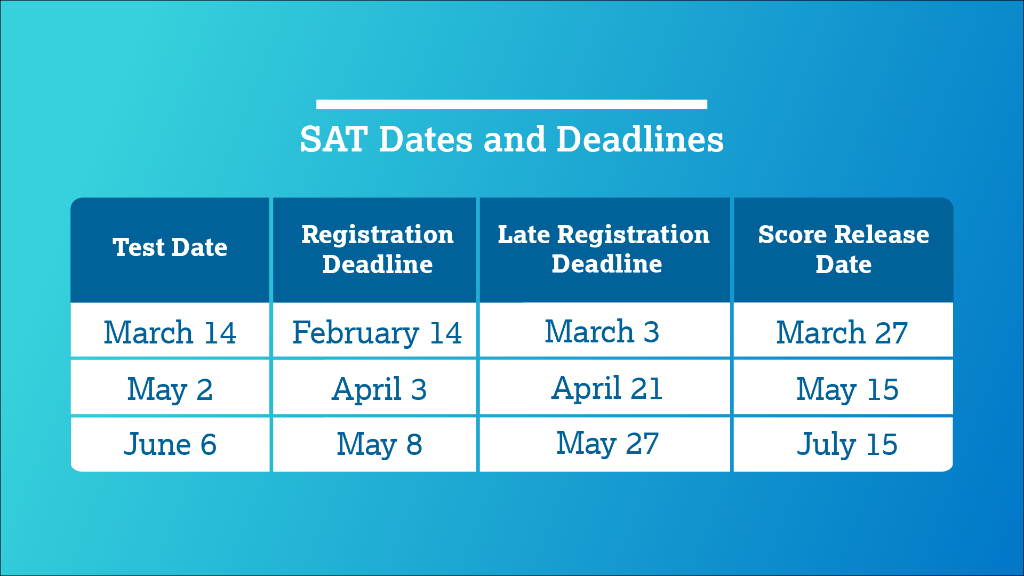Question:
what is derivatives
Solution:
### Understanding Derivatives in Calculus
Derivatives are a fundamental concept in calculus that measure the instantaneous rate of change of a function. In simpler terms, the derivative tells you how much a function’s output changes for a tiny change in its input. This concept has wide-ranging applications in physics, engineering, economics, and more.
#### Definition of the Derivative
The derivative of a function $f(x)$ is defined as:
**$f'(x) = lim_{h to 0} frac{f(x + h) – f(x)}{h}$**
This limit represents the slope of the tangent line to the graph of $f(x)$ at a specific point $x$. The expression $frac{f(x + h) – f(x)}{h}$ is called the difference quotient, which approximates the slope of the tangent line as *h* approaches 0.
* **$f'(x)$:** This notation represents the derivative of the function $f(x)$. Other common notations include $frac{dy}{dx}$ and $y’$.
* **$lim_{h to 0}$:** This means we are taking the limit as *h* approaches 0.
* **$f(x + h)$:** This is the value of the function at $x + h$.
* **$f(x)$:** This is the value of the function at $x$.
#### Basic Derivative Rules
Fortunately, we don’t always have to use the limit definition to find derivatives. Several rules allow us to differentiate functions more easily. Here are some of the most important:
* **Power Rule:** If $f(x) = x^n$, then $f'(x) = nx^{n-1}$.
* **Constant Rule:** If $f(x) = c$, where $c$ is a constant, then $f'(x) = 0$.
* **Constant Multiple Rule:** If $f(x) = cf(x)$, where $c$ is a constant, then $f'(x) = cf'(x)$.
* **Sum/Difference Rule:** If $h(x) = f(x) pm g(x)$, then $h'(x) = f'(x) pm g'(x)$.
* **Product Rule:** If $h(x) = f(x)g(x)$, then $h'(x) = f'(x)g(x) + f(x)g'(x)$.
* **Quotient Rule:** If $h(x) = frac{f(x)}{g(x)}$, then $h'(x) = frac{f'(x)g(x) – f(x)g'(x)}{[g(x)]^2}$.
* **Chain Rule:** If $h(x) = f(g(x))$, then $h'(x) = f'(g(x)) cdot g'(x)$.
#### Worked Examples
Let’s work through a couple of examples to illustrate these rules.
**Example 1: Power Rule and Sum/Difference Rule**
Find the derivative of $f(x) = 3x^4 – 5x^2 + 7x – 2$.
1. Apply the power rule to each term:
* Derivative of $3x^4$ is $3 cdot 4x^{4-1} = 12x^3$
* Derivative of $-5x^2$ is $-5 cdot 2x^{2-1} = -10x$
* Derivative of $7x$ is $7 cdot 1x^{1-1} = 7$
* Derivative of $-2$ is $0$ (constant rule)
2. Combine the derivatives using the sum/difference rule:
* $f'(x) = 12x^3 – 10x + 7$
**Example 2: Product Rule**
Find the derivative of $h(x) = (x^2 + 1)(2x – 3)$.
1. Identify $f(x) = x^2 + 1$ and $g(x) = 2x – 3$.
2. Find the derivatives of $f(x)$ and $g(x)$:
* $f'(x) = 2x$
* $g'(x) = 2$
3. Apply the product rule:
* $h'(x) = f'(x)g(x) + f(x)g'(x)$
* $h'(x) = (2x)(2x – 3) + (x^2 + 1)(2)$
4. Simplify:
* $h'(x) = 4x^2 – 6x + 2x^2 + 2$
* $h'(x) = 6x^2 – 6x + 2$
#### Applications of Derivatives
Derivatives have numerous applications in various fields:
* **Finding Tangent Lines:** The derivative gives the slope of the tangent line to a curve at a given point.
* **Optimization:** Derivatives can be used to find maximum and minimum values of functions, which is useful in optimization problems.
* **Related Rates:** Derivatives help analyze how the rates of change of different variables are related.
* **Motion Analysis:** In physics, derivatives are used to find velocity and acceleration from position functions.
* **Curve Sketching:** Derivatives help determine the increasing/decreasing intervals, concavity, and inflection points of a function, aiding in sketching its graph.
#### Common Mistakes to Avoid
* **Forgetting the Chain Rule:** When differentiating composite functions, remember to multiply by the derivative of the inner function.
* **Incorrectly Applying the Quotient Rule:** Make sure to follow the correct order in the quotient rule formula.
* **Not Simplifying After Differentiating:** Simplify your derivative expression as much as possible.
* **Confusing Derivatives with Integrals:** Derivatives and integrals are inverse operations, but they are distinct concepts.
#### Tips for Success
* **Practice Regularly:** The more you practice, the more comfortable you’ll become with differentiation techniques.
* **Memorize the Basic Rules:** Knowing the power rule, product rule, quotient rule, and chain rule is essential.
* **Show Your Work:** Write out each step clearly to avoid errors and make it easier to identify mistakes.
* **Check Your Answers:** If possible, use a calculator or online tool to verify your derivatives.
* **Understand the Concepts:** Don’t just memorize formulas; understand the underlying concepts and applications.
### Conclusion
Derivatives are a cornerstone of calculus, providing powerful tools for analyzing rates of change and solving a wide range of problems. By understanding the definition, mastering the rules, and practicing regularly, you can confidently tackle derivative problems in AP Calculus AB and beyond. Remember to focus on the underlying concepts and applications to truly grasp the significance of derivatives.
